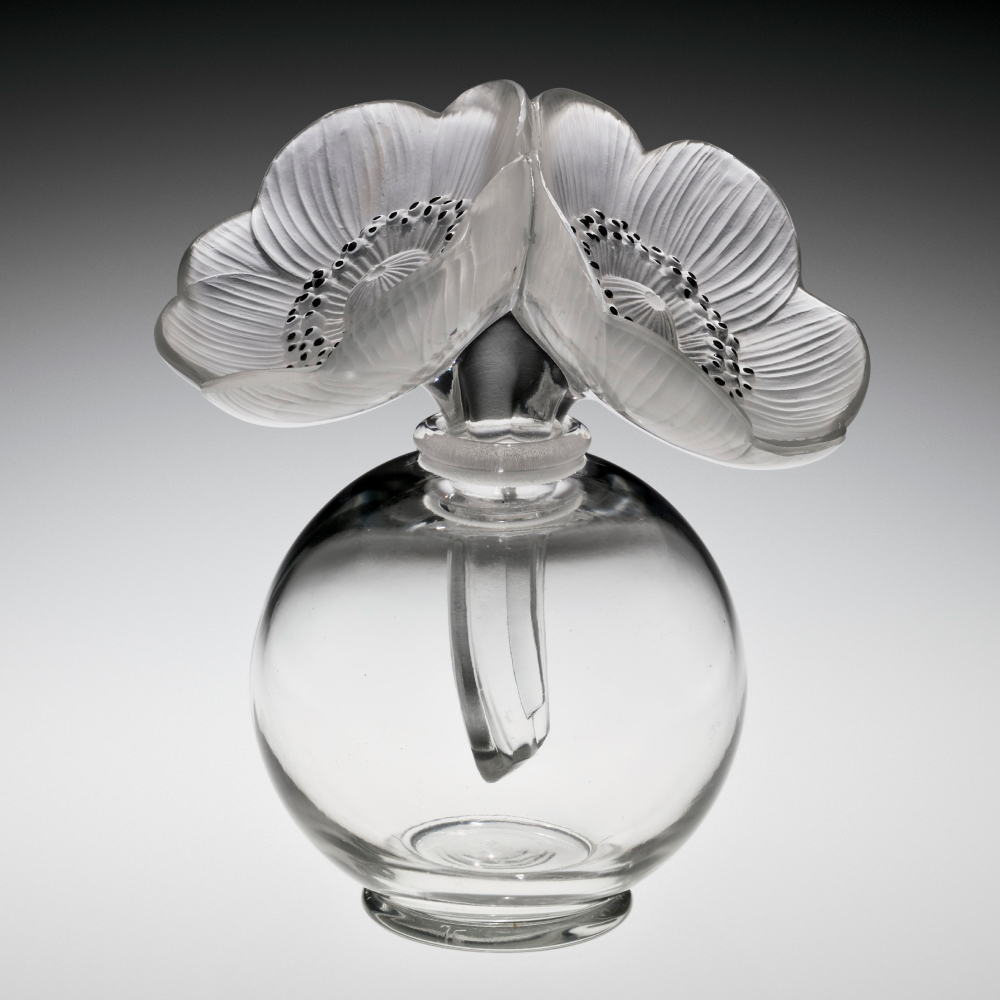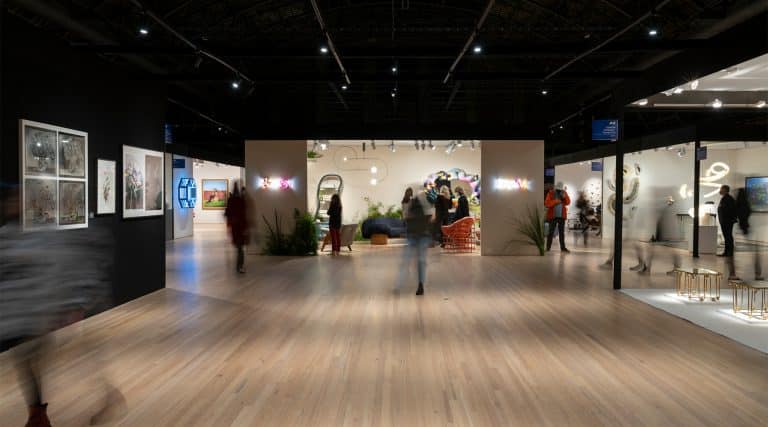
January 17, 2011Closed for a multi-year renovation, Paris’s Musée National Picasso has sent some 150 of its prized pieces — including La lecture (Reading), 1932 — on tour in the U.S. The works remain on view at the Seattle Art Museum through January 17 before moving to the Virginia Museum of Fine Arts, in Richmond, and San Francisco’s de Young. Top: Two Women Running on the Beach (The Race), 1922. All images courtesy Musée National Picasso, Paris, © Estate of Pablo Picasso / Artists Rights Society (ARS), New York
The Musée National Picasso opened to much fanfare in 1985 in a renovated 17th-century hôtel particulier off a narrow cobbled street in the Marais district of Paris. The museum’s holdings include career-spanning paintings, drawings, prints, sketchbooks, ceramics and sculptures that were part of Pablo Picasso‘s personal trove — works he elected to hold onto because they were either personally significant (for example, portraits of his children) or because they embodied some technical epiphanies that continued to inspire him.
Any 300-hundred-year-old house will show wear, particularly one put to heavy public use. (A 2006 theft from the museum of an $11 million sketchbook highlighted the need for upgraded security.) So in 2008, the museum closed for a several-year remodel. In the interim, a selection of some 150 works — including the stunning Celestina, portraits of famous lovers like Dora Maar and excellent examples of masterful prints — have taken up residence in the Seattle Art Museum (SAM). “Picasso: Masterpieces from the Musée National Picasso, Paris” will be on view there through January 17 before moving to Richmond’s Virginia Museum of Fine Arts, where it will run from February 19 to May 15, before finishing its tour at San Francisco’s de Young museum from June 11 to October 10.
Chiyo Ishikawa, SAM’s deputy director and head curator of European painting, recently spoke with Introspective about this special Parisian import.
Was it a deliberate strategy to show this in Seattle and avoid oversaturated art capitals where Picasso has been seen and digested to the point that we stop considering his real contribution and rely on cliché?
When showing work in, say, New York or Philadelphia, you know the public is fully aware of Picasso and has had a lot of exposure to his works and fame. The absence of that is a special challenge and joy for museums and curators. We have to present his place in history as if it were not a given — we have to make a good visual case.
![Celestina [The Woman with a Cataract]), March 1904](https://s30964.p1087.sites.pressdns.com/wp-content/uploads/2016/03/picasso2.jpg)
Celestina (The Woman with a Cataract), 1904
Current writing on Picasso is different from the “anointed visionary” stuff we are used to. It acknowledges that extremely gifted people can exploit situations, women, dealers, indigenous motifs under the aegis of “genius.” We have started to question Picasso by raising issues of feminism or looking at Cubism not so much as his “discovery” but something Picasso gleaned rather directly from African art. Nobody thought — or, maybe, dared — to ask about this for decades. Do these newer ways of viewing the artist figure here?
We know African art was definitely a source for Picasso and most modern artists, and everyone wants to focus on the string of women artists he certainly did not always treat well. But for this project that sort of take simply did not make sense. The checklist was selected by Anne Baldassari, director of the Musée National Picasso, Paris, and began to unfold somewhat chronologically, not because this is intended to be a visual life story of a legend, but because the objects in the Paris collection are the ones he kept, they were most meaningful to him and therefore unfold life high points.
All that juicy stuff about the seventeen-year-old Marie-Thérèse, Dora Maar going nutty at his hand and Françoise Gilot as the only woman to survive and thrive after him — those old saws got historians thinking about deeper ways to view Picasso.
An artist as broad in scope and prolific as Picasso is never doing just one thing in any single work. So even when he is recording the events of his life, he is always fascinated with and seriously solving successive pictorial problems. The woman subjects, the still lifes, the nudes, these are vehicles for his constant exploration of the pictorial aspects of all art. The expressive or emotional is there, but I would have to say that solving formal problems is the intense focus for him. We tried to forefront that.

Les deux frères (The Two Brothers), 1906
How did this unlikely partnership between Seattle and Paris begin? It’s a long distance and there is a language issue.
It is funny you mentioned African art and Picasso. Our curator of African art wanted to see if we might make some curatorial connections between indigenous objects we hold and African objects we now know Picasso used as sources. When we contacted Paris about that project, we found out about the closure and proposed this larger project. A big Picasso overview has not been seen here to date.
Anne chose what to include, insisting that the show include not just well-known paintings but prints, drawings, photos and all the sorts of creative output that reveal this thing I am talking about: his foremost attention to the development of formal problems and formal solutions. We both wanted to show a very serious man.
Did Baldassari make several trips to Seattle to design the installation or was that left to you and the SAM staff?
We worked out design details in countless long-distance conversations. The primary installation plan was made by me and our staff, and then she came at the end — she’d never before been to this state! — and made subtle changes as she felt her way through our space.

La danse villageoise (Village Dance), 1922
She has a deep history with Picasso’s work, no?
Anne was at Centre Pompidou, then came on board at the Picasso Museum in 1992 as the archivist responsible for processing, conserving and studying all primary source information in the hands of the Picasso Foundation, such as unpublished letters, sketchbooks, notes and the like. Her in-depth study of these led her to publish extensively, and gradually Anne became known as a Picasso expert. After five years, she became director and curator of the Paris site.
I teach a three-week survey of art history in Paris, with several days spent studying modern art in the Picasso Museum. Baldassari has a reputation for really knowing her stuff and tolerating no nonsense.
She is managing some of the most important holdings of one of the greatest masters of the twentieth century. That’s huge; she’s had to push back against big macho institutions of Picasso scholarship and hold her own. The foundation and Anne guard very carefully how many of his images are let out for public consumption. This supports that mythic persona through controlled exposure, but the real reason is they do not want Picasso to become another cliché of mass media.
And of the really acclaimed works, which of those were able to travel to you?
The super-iconic Still Life with Chair Caning and Portrait of Gertrude Stein from the very early years did not travel, but I’m fond of the studies we have for the famous Les Desmoiselles d’Avignon, from 1907. We have the huge Bathers, from 1960, in which you see Picasso in conversation with Matisse. I was just amazed at how the work remained serious and vital until the very end of his life.

Portrait of Dora Maar, 1937
After living with the works in such close proximity, do you have a favorite work or period?
Now I am going to sound as if I, too, am defaulting to the images of women, but the work called Shadow from 1953 done right after Françoise Gilot left him is stunning and shows a vulnerability we rarely feel. I think the heartbeat of the show is the room devoted to images of Marie-Thérèse Walter.
Ah, yes, the seventeen-year-old beauty he bedded while with Olga.
The room includes those magnificent abstracted bust heads of her, a reference to her in figures running on the beach, Marie seated in a chair facing us — this is a three hundred and sixty-degree experience that puts you in a moment. There are so many manifestations of her, you see emotion and rigorous form as one thing. In these, Picasso seems untarnished, his guard completely down in a way that he could not be with Olga or anyone else. She was this young and hidden place for him.
I will stop us there before we both have to turn in our feminist decoder rings! So the show leaves Seattle, then travels to the Virginia Museum of Fine Arts, in Richmond, and then goes to the de Young, in San Francisco, before heading home. These aren’t the major culture spots; there’s a refreshing non-elitist logic in that.
Anne said she agreed to the show opening here because she saw Seattle as a city of the future — an evolving cultural center, not one that’s fixed. We loved the idea of reaching, and teaching Picasso to, people who had no preconceived notions and might well come at this with that old “my five-year-old can do this” frame of mind.
Is it working?
We have had record crowds, truly record crowds of people from all walks of life and of all ages. It has been thrilling.


